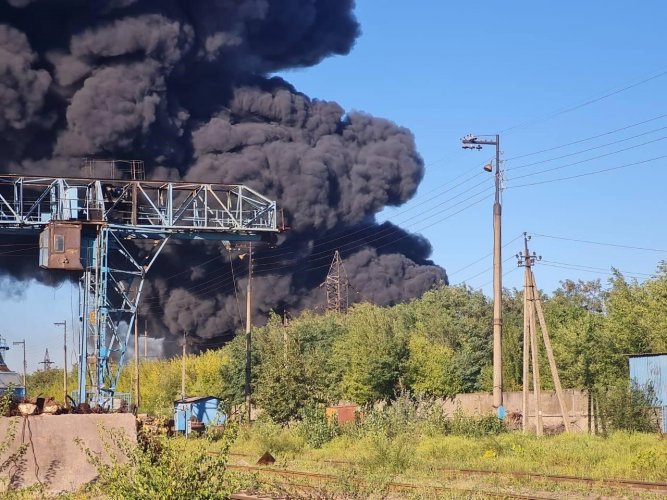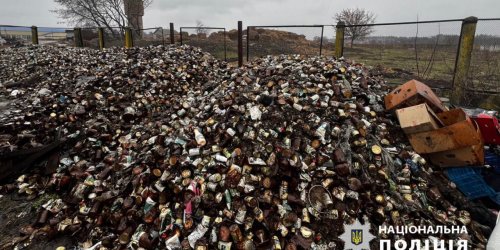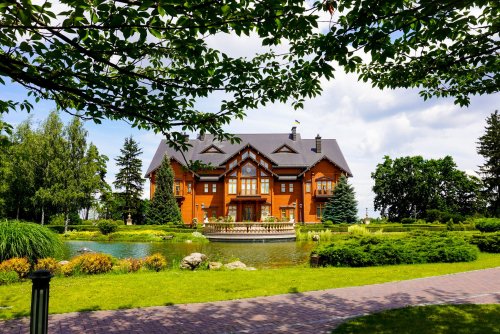Since the beginning of the full-scale invasion, damage to oil storage facilities has caused damage to the atmospheric air of Ukraine to the tune of UAH 49.3 billion, of which UAH 46.3 billion is the air of Kyiv region.
Such losses are calculated for 40 cases of damage to oil storage facilities, according to the press release of the Operational Headquarters for Fixing Ecocrimes of the Russian Federation.
Olena Kryvoruchkina, the chief coordinator of the Operational Headquarters, noted that the damage caused by Russian attacks is calculated separately for soil, air, and, if necessary, water resources.
She emphasized that Kyiv and the Kyiv region were the most affected by the burning of petroleum products. So far, environmental damage has been calculated in 19 such cases.
The regions most affected by this type of environmental damage also included:
- Chernihiv region – damage to atmospheric air in nine calculated cases amounted to more than 1.5 billion hryvnias;
- Dnipropetrovsk and Kirovohrad regions (Dnipro district) – 434,297 million hryvnias.
The press service noted that the Operational Headquarters has been operating since March 1, 2022 on the basis of the State Environmental Inspection. It includes representatives of the State Environmental Inspection, the Specialized Environmental Prosecutor's Office, the Verkhovna Rada of Ukraine, the National Security Council, the Ministry of Environmental Protection and Natural Resources of Ukraine, the Security Service of Ukraine and other state institutions and organizations.
Earlier, EcoPolitic wrote, that eco-inspectors for 8 months of full-scale invasion recorded and calculated quantitative indicators of environmental damage from pollution by dangerous substances, fires in forests and at oil depots, etc.
As EcoPolitic previously reported, in the Sea of Azov in the area from the village of Primorskyi Posad to the city of Berdyansk, Zaporizhzhia Region, specialists of the Operational Headquarters for the Fixation of Ecocrimes discovered oil spill on an area of 1,434 sq. km – thick and thin layer together.





